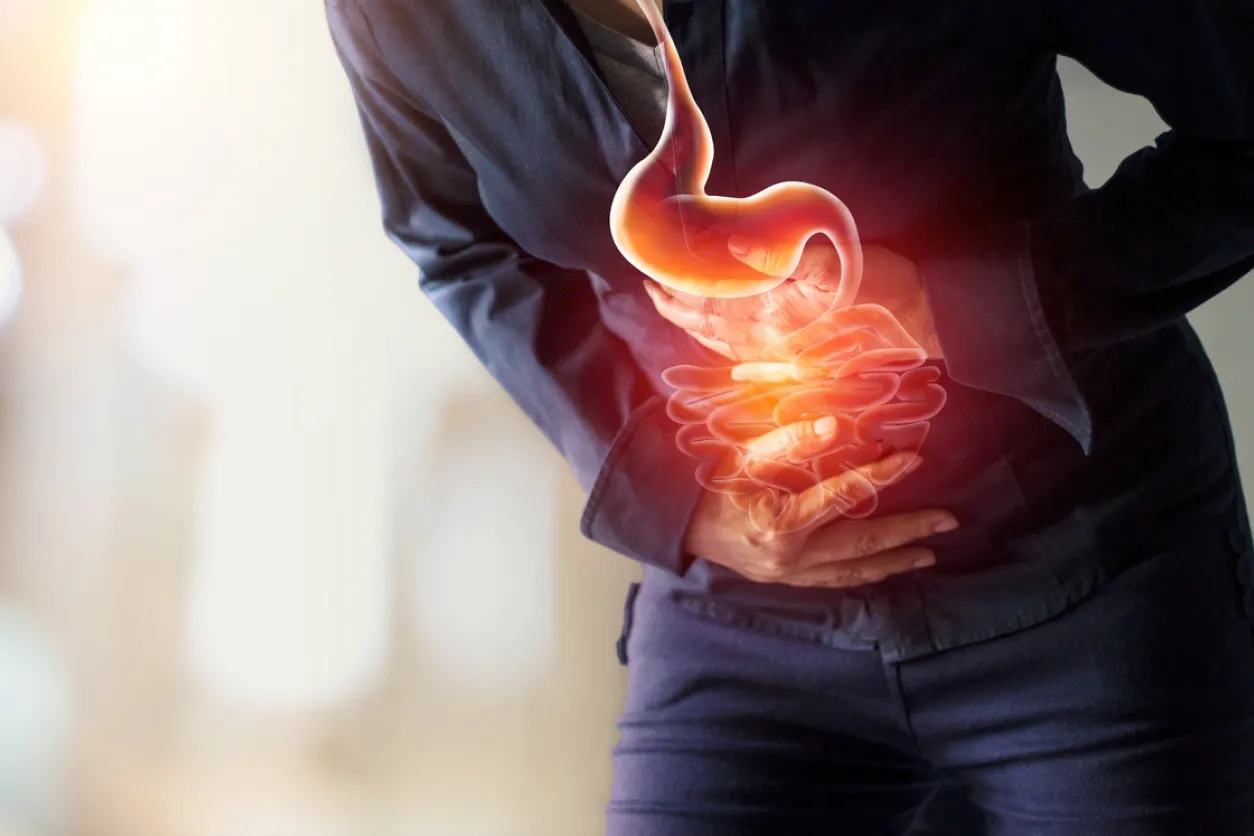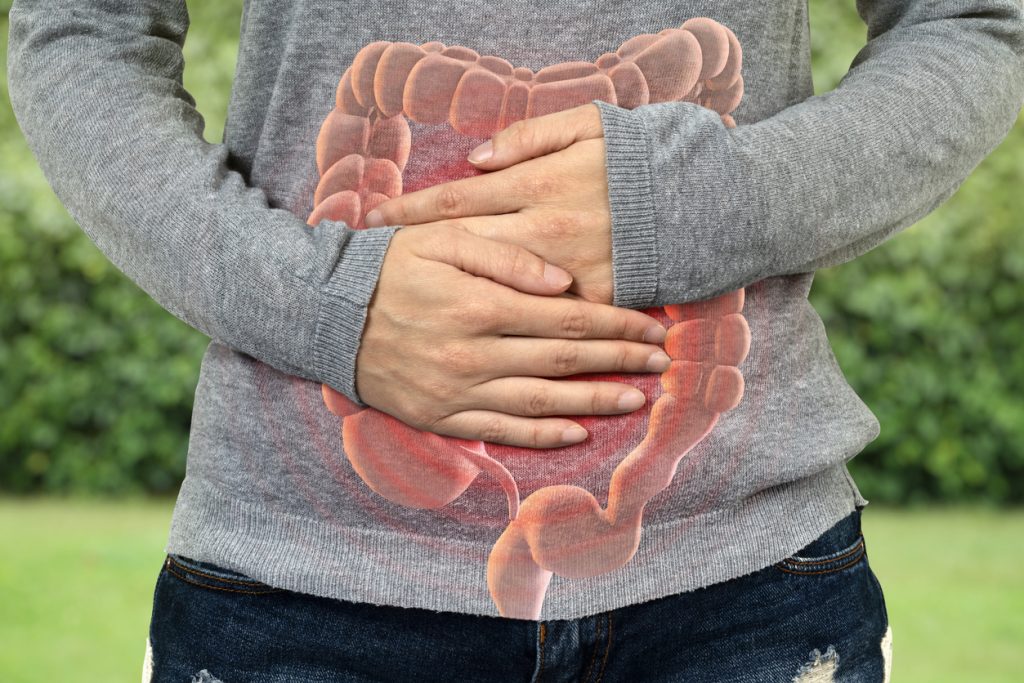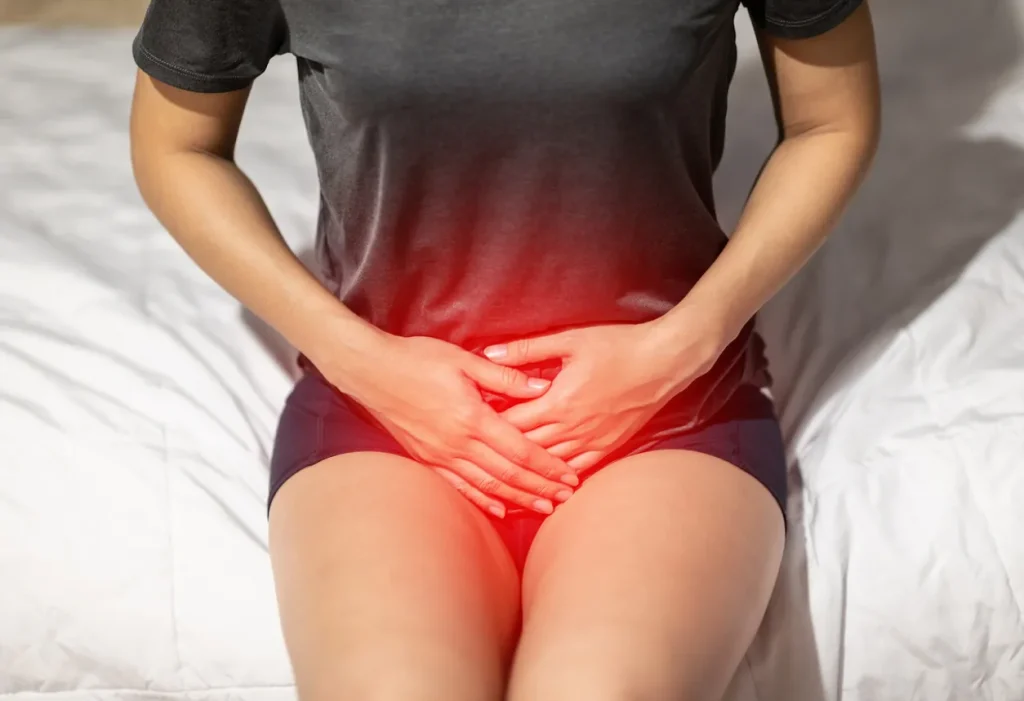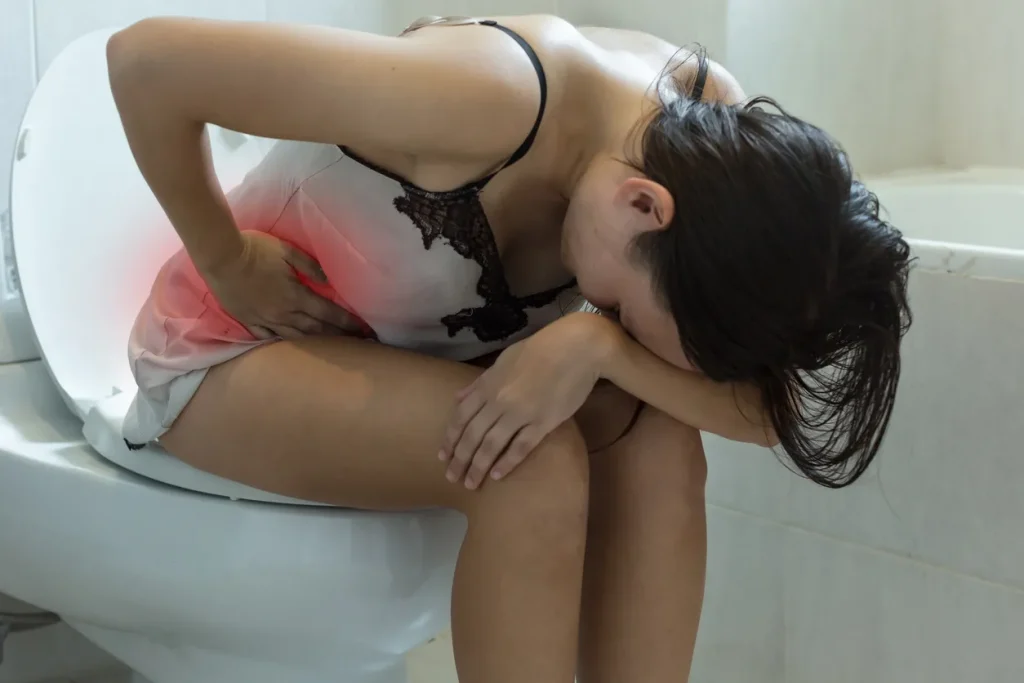Introduction
A novel therapy combining cetirizine (antihistamine-1) and famotidine (antihistamine-2) has shown promise in treating inflammatory illnesses. Initially studied for diarrhea at GI Associates in Flowood, MS, dual histamine blockade has demonstrated a synergistic effect in both animal and clinical studies. Dr. Reed Hogan II and his team began investigating this therapy in 2008, and their extensive research suggests that it may be effective in treating various inflammatory conditions driven by the cytokine storm.
The Cytokine Storm
The cytokine storm is an excessive immune response that occurs in infectious or traumatic injuries, including COVID-19. This response can lead to severe inflammation and damage to various organs. Studies have linked the cytokine storm to increased morbidity and mortality in COVID-19 patients, with similar mechanisms observed in other viral infections like SARS, MERS, and influenza.
COVID-19 Pulmonary Disease
COVID-19 can cause severe pulmonary pathology, including acute lung injury and acute respiratory distress syndrome (ARDS). Patients may develop significant lung damage and respiratory failure, leading to high mortality rates. The cytokine storm is a key factor in disease progression, prompting efforts to find therapies that can blunt this inflammatory response.
Histamine’s Role in Cytokine Storm and Lung Disease
Histamine plays a critical role in modulating the immune response and cytokine release. It has pro-inflammatory effects and influences local immune responses in the lungs. Blocking histamine pathways can potentially reduce inflammation and prevent pulmonary tissue damage, as seen in studies with coronavirus-infected mice and various animal models of ARDS and pneumonia.
Histamine Blockade for ARDS and Pneumonia Treatment
Multiple studies have shown the effectiveness of dual histamine blockade in treating ARDS and severe pneumonia. The combination of histamine-1 and histamine-2 blockers, along with other treatments, has been beneficial in reducing hypoxemia, pulmonary hypertension, and microvascular injury. Recent research on H1N1 influenza models also supports the use of histamine blockade to decrease inflammatory cytokines and severe pneumonia.
Histamine Blockade with Famotidine Alone
Famotidine has been investigated for its potential to decrease viral replication. It was identified as a compound that could interact with a protease in the COVID-19 virus, and ongoing trials are exploring its efficacy in combination with other drugs like hydroxychloroquine.
Hypothesis and Considerations
Histamines play a crucial role in immune response and inflammation. Dual histamine blockade, which is safe and effective in various clinical applications, could blunt the cytokine storm in COVID-19 and other inflammatory diseases. The safety profile of this therapy makes it a compelling option for patients with inflammatory issues, potentially reducing the progression to severe disease and improving patient outcomes.
Safety
The safety of dual histamine blockade is well-documented, making it an appealing option for patients with inflammatory conditions. Clinical studies on COVID-19 patients have shown significant improvement with this therapy. Anecdotal trials in other conditions, such as chronic diarrhea and interstitial cystitis, further support its potential for symptomatic relief.
Ready to Proceed
Plans are in place for a quick trial to evaluate the efficacy of dual histamine blockade in COVID-19 patients. With approval for a new protocol, the team can screen thousands of patients and rapidly expand the study. Preliminary data suggest a synergistic benefit of the H1R H2R combination, offering a low-cost, safe, and easy-to-implement therapy that could be a game changer for many suffering patients.
Visit our resources for more articles.





